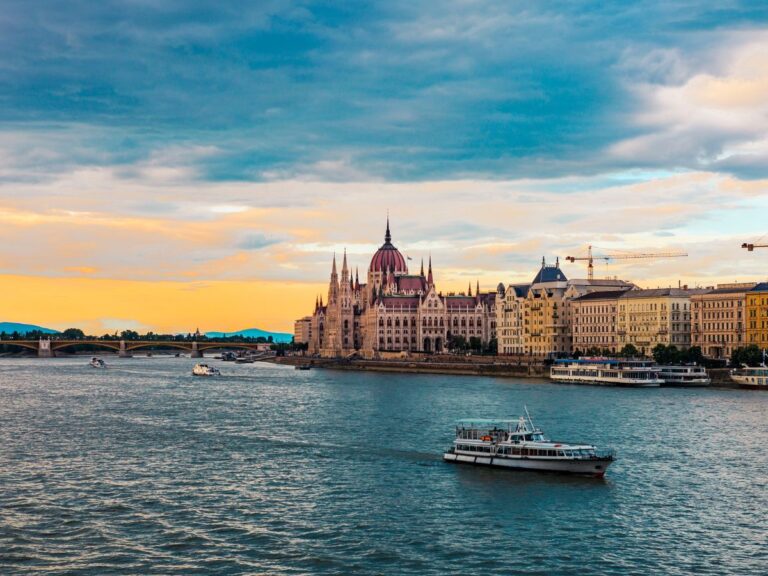
“Now we’re heading toward Durnstein, one of the loveliest towns in Austria,” the voice over the ship’s loudspeaker intoned. “Its buildings represent a number of architectural styles and so many artists have gathered at one spot to portray the magnificent surrounding landscape that it became known as the Painters’ Corner.”
The fact is, though, that on the way to Durnstein we sailed past lovely town after lovely town. As the vessel continued its journey on the Danube River, my wife Fyllis and I joined our fellow passengers in oohing and aahing over the beauty of many towns and villages along the way.
We spotted churches, castles and other historic landmarks and marveled over scenery that made us wish we had the time, and talent, to capture on canvas what we were seeing.
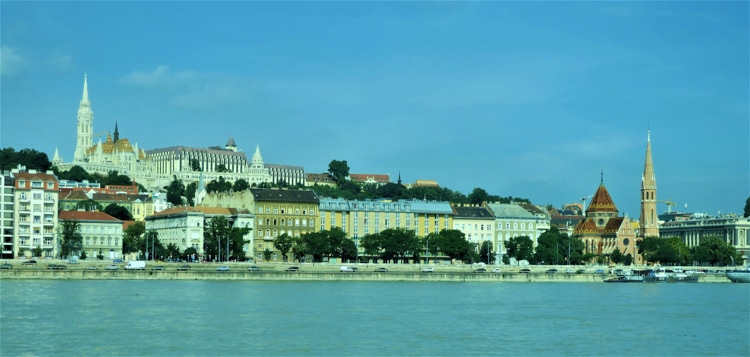
It was just another day admiring the tiny hamlets and majestic cities which line the banks of the Danube as it flows past the Czech Republic, Austria, Slovakia and Hungary. The route passes by Prague, Vienna and Budapest, three of the grandest and most stunning capital cities in all of Europe. Also, little Bratislava, the minuscule capital of Slovakia, which replicates much of the splendor in a more compact setting, and smaller towns that claim their own charms.
We were traveling with Grand Circle Cruise Line. This is one of several companies that offer voyages along the fabled, and fabulous, Danube River. We chose that firm because of the focus upon “Learning and Discovery.” This is one thing that distinguishes it, and its Overseas Adventure Travel sister firm, from other tour organizations.
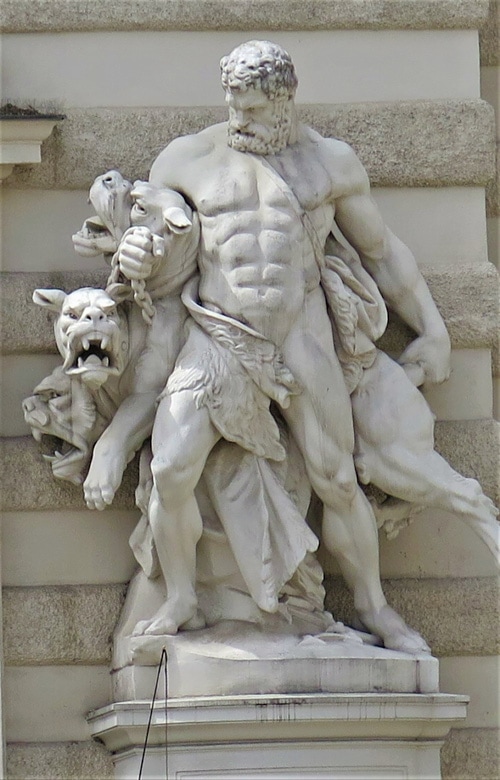
Four Magnificent Capital Cities
The crown jewels on our itinerary were the four capital cities and their architectural riches, intriguing histories and other attributes and attractions that place them high on many travelers’ “must-see” list. They both share common characteristics and add their own unique touches.
For starters, each doubles as an architectural showcase that spans centuries and represents a variety of styles. Many a magnificent palace, castle or cathedral, if located elsewhere, would be considered a cherished gem. Here, it’s just another example of some of mankind’s most creative accomplishments.
The cities and towns also serve as outdoor art and sculpture galleries. A museum-quality selection of statues, frescoes and other adornments adds to the scene.
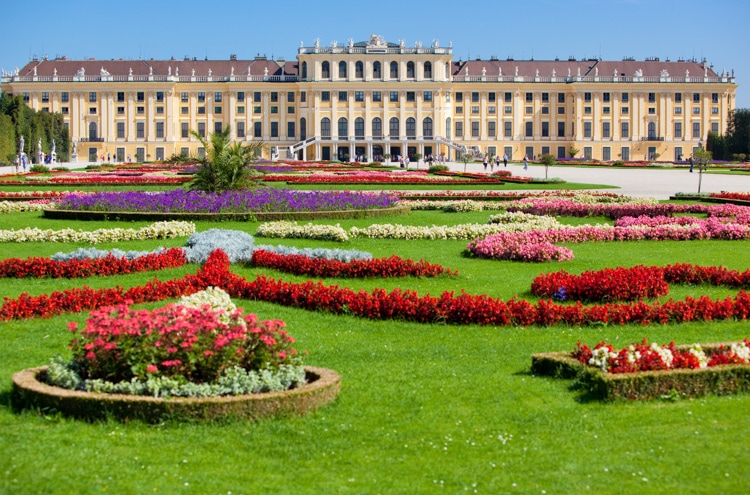
Splendour of Vienna
Even in settings of such stunning architecture and art, spanning multiple centuries, some treasures stand out. The Schonbrunn Palace in Vienna was built between 1696 and 1712 at the direction of Emperor Leopold I for his son, Joseph I. The goal was to have the 1,441-room castle equal the splendor of Versailles in Paris.
Another emperor, Franz Joseph, ordered the construction of Vienna’s 2.5-mile-long grand main boulevard, the Ringstrasse. It is lined by monumental buildings that were designed during the last half of the 19th century.
Many of them are ostentatious palaces that were paid for by noblemen anxious to display their wealth. Even more impressive are much larger public structures, like the Parliament, Vienna State Opera and Museum of Fine Arts. These are as well known for their external architecture as for what takes place inside.
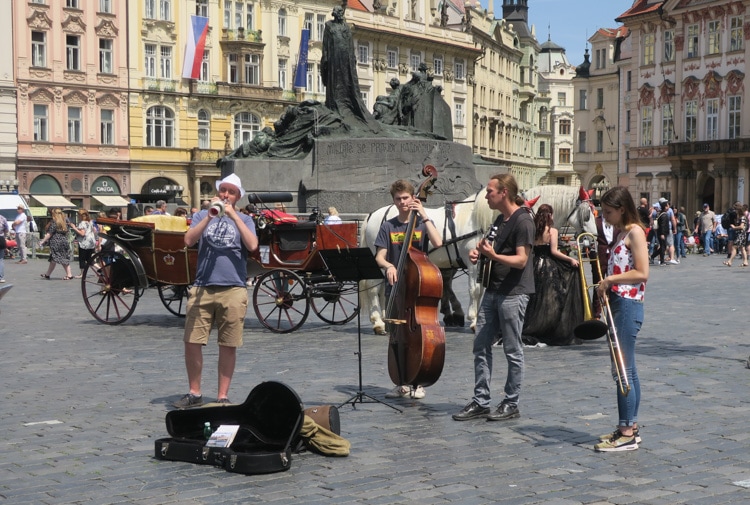
Castles Galore
Prague Castle built more than 1,000 years ago, holds reign as the largest in Europe. The Castle complex stretches over 18 acres and encompasses historic chapels, residential quarters, galleries and gardens. In the distant past, the site served as the seat of power for kings of Bohemia. In addition, the Crown Jewels from that era are hidden in a secret room.
The massive Bratislava Castle, perched on a rocky hill overlooking the Danube River, was erected in 1430. The location is at the place where a defensive fortification had stood since at least 800 AD. A close inspection of its exterior walls and inside corridors reveals fragments remaining from Gothic and Renaissance times. The white fortress-like structure, set off by a stocky tower at each corner, houses a museum that traces the history of the area from the Middle Ages to the present.
Museums Large and Small
All four capital cities on the itinerary boast of major museums that offer world-class collections of art certain to attract and appeal to discerning aficionados. Even those not drawn to that manner of creativity may find other exhibits providing introductions to a variety of intriguing topics.
For example, displays in the charming Czech Republic town of Cesky Krumlov deal with topics as disparate as marionettes and the history of torture. A museum in Krems, Austria features caricatures and cartoon drawings. And among the more than 100 galleries in Budapest, Hungary are collections devoted to pinball machines, miniature bottles and Asian art and curiosities.
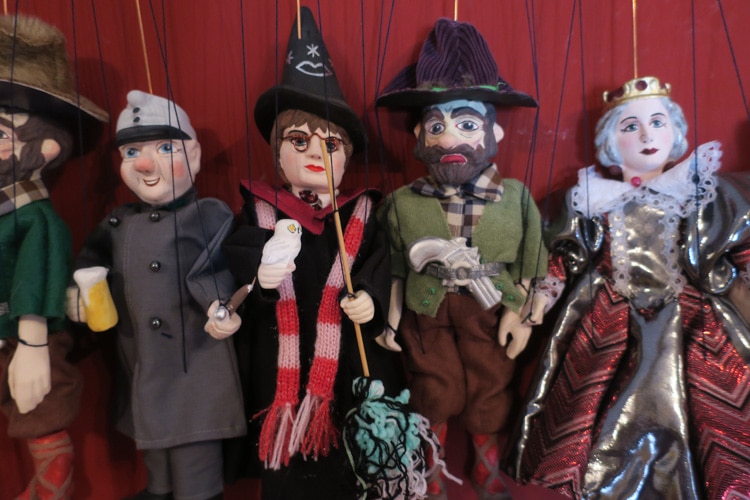
Stories of chapters of Jewish life in Europe greeted us during tours of neighborhoods in several cities. In Prague that meant an introduction to 1,000 years of Jewish cultural history. This includes a period in the 18th century when more members of that religion lived there than anywhere else in the world.
The Great Synagogue of Budapest, which dates to the mid-19th century, is the largest in Europe. It is also one of the biggest in the world. Located in the Jewish Quarter of Pest, it can seat 3,000 people. The Synagogue was built in the Moorish style of architecture. It features decorations based upon Islamic models of North Africa and Medieval Spain.
Dining with Locals
The setting was much more intimate during a home-hosted dinner in Bratislava when we were treated to a basic education in many things Slovakian. The family members with whom we dined also had a 101-course in our lives.
During the ride to our destination, before splitting into small groups assigned to different families, our Program Director — as Grand Circle identifies its tour guides who are, in fact, much more — encouraged us not to be shy about asking questions. And we took him at his word.
We engaged our hosts in a discussion of politics in their country and ours. We also compared the education systems, and asked and answered questions about our respective situations regarding the influx of immigrants.
At their invitation, we strolled through the lavish garden growing in the backyard, then picked and sampled some of the vegetable crops. This was followed by dinner which featured an entrée of chickens which, we learned to our dismay, had been scampering around the fenced yard earlier that day. The lucky rabbits that shared the compound had escaped that fate – at least for the time being.
If You Go
Among cruises that Grand Circle offers are five that ply the Danube River. Prices begin at $4,195 including international airfare, all onboard meals with beverages, guided tours with headsets in every port, the use of e-bikes, and gratuities for local guides and drivers.
More information is available at gct.com
